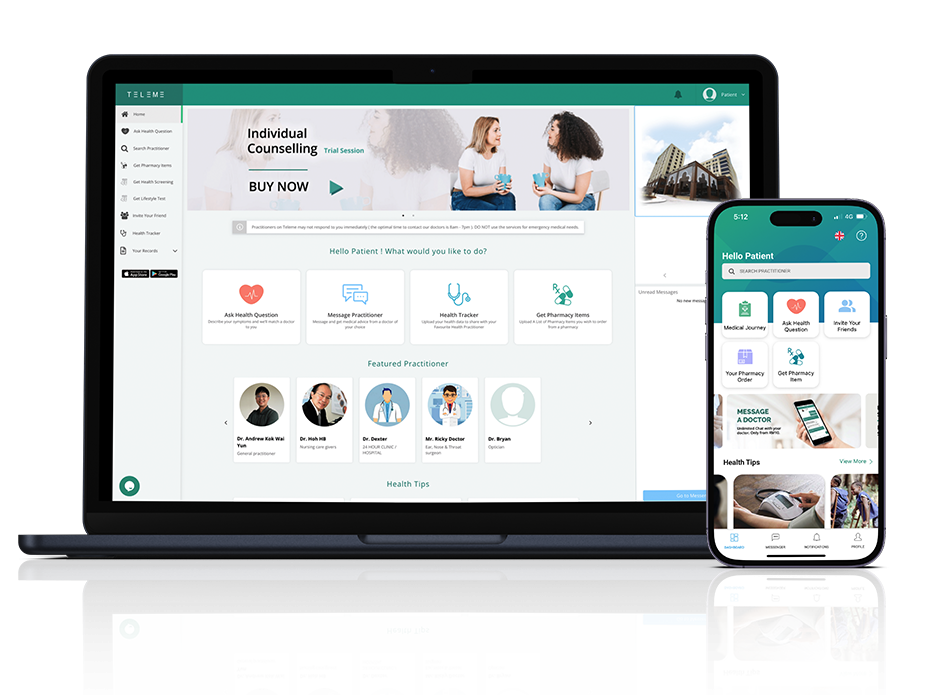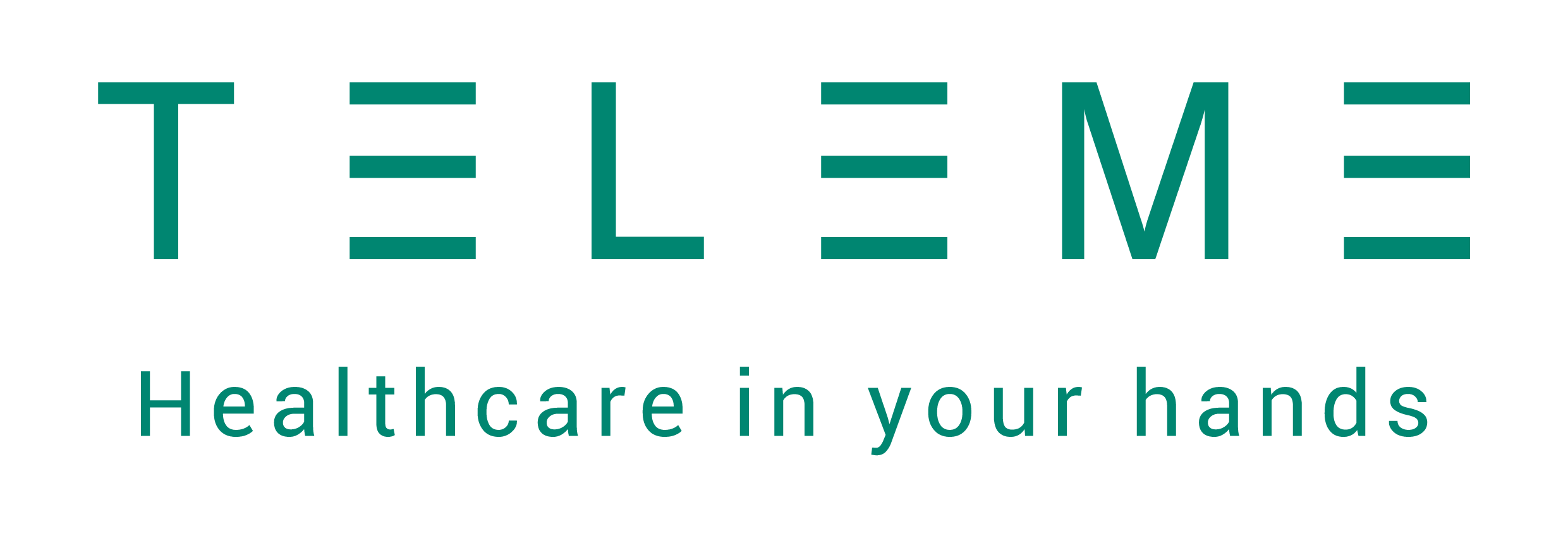
Breastfeeding: Advice on Latching & Pumping Milk
Breastfeeding has many natural benefits for mother and baby. These include providing the baby the ideal nutrition needs, better immunity against infections and reduced risk of chronic diseases such as diabetes or asthma as adults later in life. Breast milk is the best source of nutrition because it provides the correct balance of calories, protein, fat and vitamins for the baby and is easily digestible. Breastfeeding also strengthens the bond between mother and baby and encourages them to grown into a healthy united family unit.
Latching
Latching is the most important part of successful breast feeding. Always get into a good comfortable position to breastfeed. Use a support pillow and a comfortable chair which you can lean back to relax. Hold your breast (using a C or U hold) and guide the nipple to your baby’s mouth. Aim the nipple to to the baby’s upper lip (not middle of the mouth) with the head slightly tilted back. Try to get as much of the lower portion of the areola in the baby’s mouth.
A good latch will result in breast feeding which is not painful. You will know when you have a good latch when ;
- Tongue is seen when the bottom lip is pulled down
- There is a circular movement of the jaw rather than rapid chin movement
- There is no clicking or smacking noises and you only hear swallowing
- The baby’s chin is touching your breast
- At the end of the feed, your nipple is not flattened or misshaped
- There is no pain during feeding
Frequency for Feeds
How often you need to breastfeed depend on the age of your child. Some infants prefer small frequent meals while others prefer larger meals. In between feeds, you may also need to pump your breast to prevent complications such as breast engorgement and prevent blocked ducts. The golden rule, is to breastfeed on demand, whenever the baby shows ‘hungry cues’ such as ;
- Head turning to look for the breast
- Becoming alert and active
- Rooting (mouth or jaw movements when looking at your breast)
- Opening and closing of the mouth
- Lip smacking or sticking out the tongue
- Putting the hand or fingers in the mouth
- Being fussy or calling for attention
The Ministry of Health recommends feeding n demand and does not put a limit to the frequency or duration of each feed. Your baby’s instinct knows that more frequent feeding will trigger more milk supply. During a growth spurt, you baby may require cluster feeding. This may occur between week 3 to week 6 and can be exhausting for the mother. Fortunately, this rarely goes on for more than 2 days at a time.
Guide to breast milk pumping
There are many reasons to pump breast milk to store and be fed to the baby at a later time.
- You have a premature baby in ICU who cannot be breast fed
- You have to return to work or unable to breast feed during certain periods
- Your baby does not want to feed but your breast is engorged with milk
- You nipples are too sore to breast feed
- You have twins or triplets
Try to pump round 15-20 minutes on each side. It may take a few minutes before the milk starts to emerge so be patient. Divide the milk into the amount your baby will drink each time before freezing. This makes it easier for you to calculate the amount your baby drinks each time. Try to pump frequently and equally on both breasts as this allows the breasts to maintain a steady supply of milk and reduce the risk of blocked milk ducts.
Advantages of pumping include
- Ensures CONTINUOUS production and flow of breast milk
- REDUCES RISK of blocked ducts, mastitis or breast infection
- Allows mothers to FREEZE and STORE the breast milk and used to feed the baby when they are at work
How to increase milk production
- Have healthy well balanced diet, keep hydrated and feed (or pump) regularly (around every 2-3 hours) is the secret to maintaining a good milk supply.
- Foods which encourage milk production are called lactogenic foods (such as oatmeal, barley, green leafy vegetables, garlic, almonds)
- Medications which encourage milk production (such as Metoclopramide and Motilium which can be used to increase milk production as a last resort)
Discuss with your doctor or lactation therapist if you have experience difficulty breastfeeding your child
Disclaimer. TELEME blog posts contains general information about health conditions and treatments. It is not intended to be a substitute for professional medical advice, diagnosis or treatment. The information is not advice and should not be treated as such.
If you think you may be suffering from any medical condition, you should seek immediate medical attention from your doctor or other professional healthcare providers. You should never delay seeking medical advice, disregard medical advice, or discontinue medical treatment because of information on this website.








